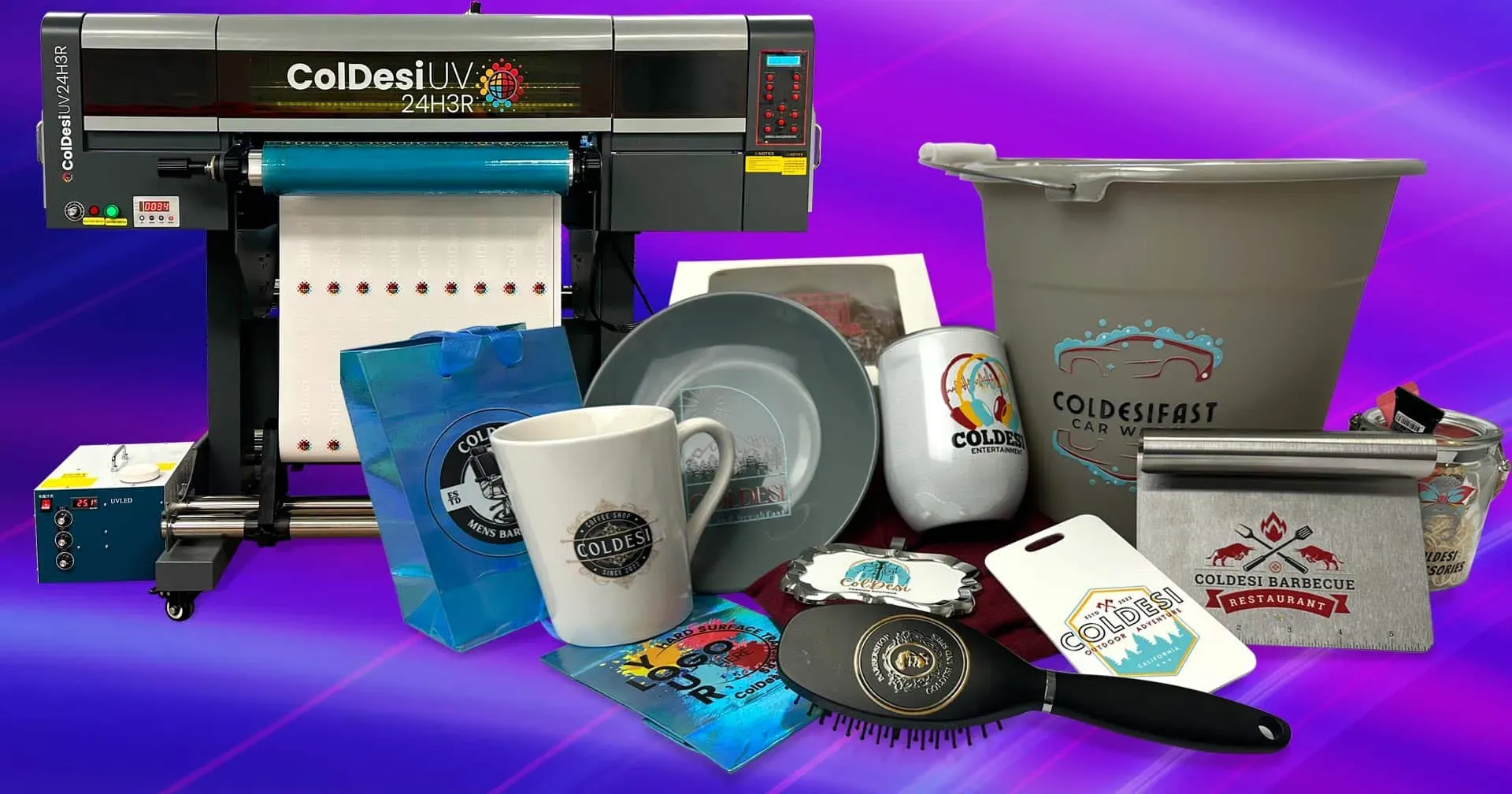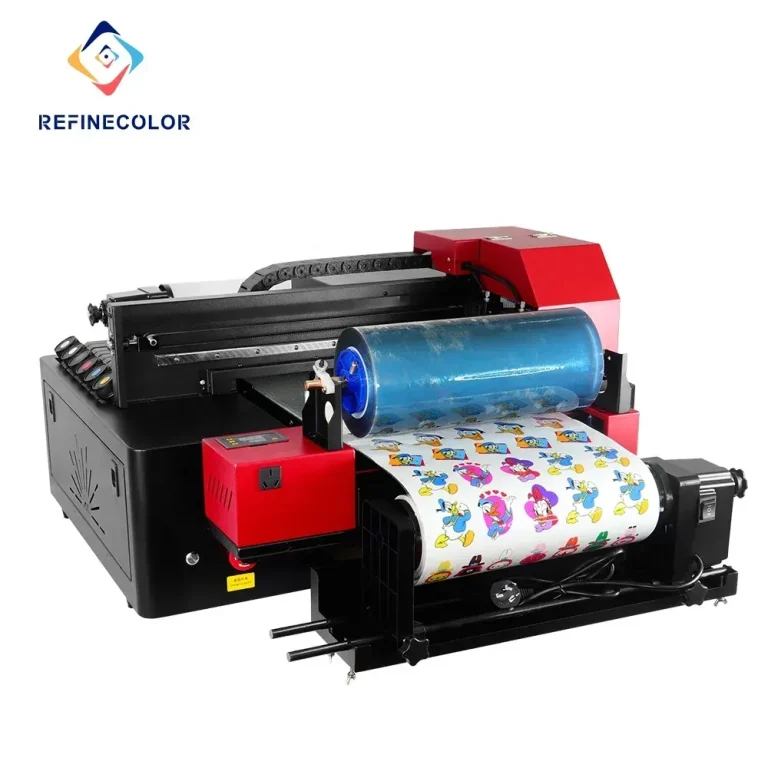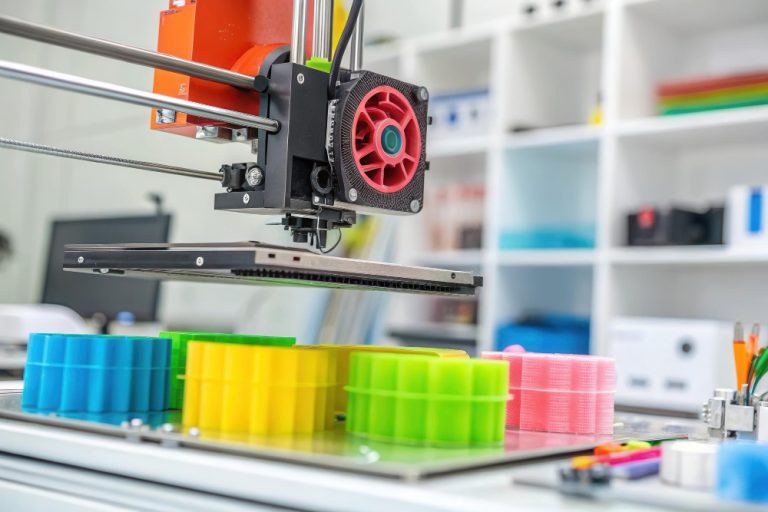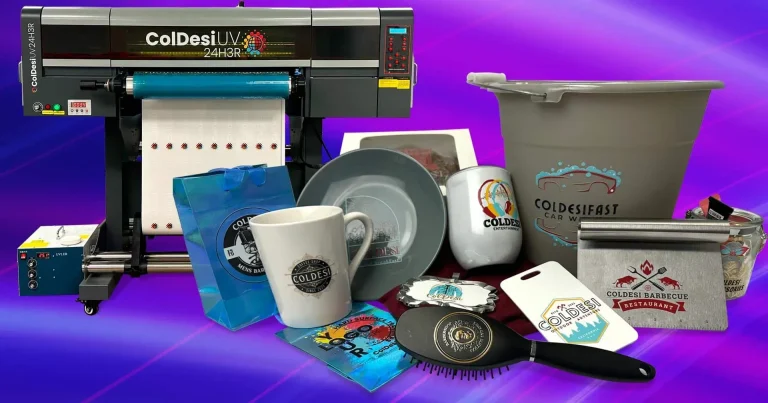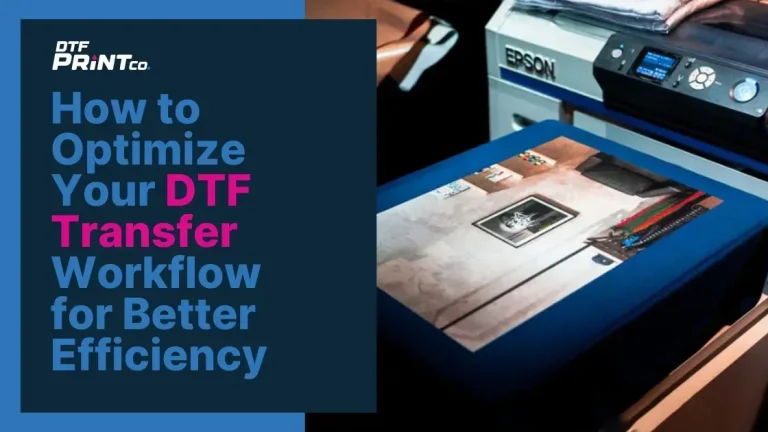UV DTF Printing: Environmental Benefits in Today’s World
UV DTF printing, or UV Direct-to-Film printing, is revolutionizing the printing industry by offering a compelling blend of quality and environmental responsibility. This state-of-the-art technology not only delivers vibrant prints with precision but also champions sustainable printing technology that significantly reduces harmful emissions. With the growing awareness of the benefits of UV DTF printing, businesses are increasingly embracing this eco-friendly printing solution that aligns with global efforts to mitigate climate change. By prioritizing energy efficiency in printing and utilizing recyclable printing materials, UV DTF printing empowers companies to enhance their sustainability profiles while meeting consumer demand for responsible production methods. As more industries adopt this innovative approach, the printing landscape is transforming into a greener, more sustainable future.
The emergence of UV Direct-to-Film technology, often characterized as a cutting-edge method of printing, represents a monumental shift towards more sustainable practices within the industry. This progressive printing technique not only enhances print fidelity but also embodies the growing narrative around eco-friendly printing solutions that prioritize environmental preservation. As companies increasingly seek to reduce their carbon footprints, the energy-efficient aspects of UV DTF technology shine through, proving vital in today’s eco-conscious marketplace. Moreover, the integration of recyclable printing materials showcases an industry-wide commitment to circular economy principles, ensuring that resources are utilized efficiently and responsibly. In this article, we will explore the multifaceted advantages of this innovative printing approach, highlighting its significant contributions to a sustainable future.
Understanding UV DTF Printing
UV Direct-to-Film (DTF) printing is revolutionizing the printing landscape with its advanced technology that employs ultraviolet light to cure inks instantly on films. This method stands out due to its remarkable printing quality, providing vibrant colors and sharp details that appeal to consumers. The process not only enhances the aesthetic appeal of printed materials but also offers a more durable finish, which is essential for long-lasting products. Compared to traditional printing techniques, the precision of UV DTF printing minimizes material waste and ensures that every print meets high standards of quality.
Additionally, UV DTF printing fosters innovation in the industry by allowing the use of a wide variety of substrates. This versatility means businesses can print on not only standard materials but also eco-friendly options that align with growing consumer demand for sustainability. With its ability to produce high-quality results while maintaining environmental consciousness, UV DTF printing plays an essential role in the transition towards more responsible printing practices.
This technology stands out in the industry supporting customers and manufacturers alike in their journey toward sustainability. Firms that adopt UV DTF gain a competitive edge as they cater to the eco-conscious consumer base.
Overall, UV DTF printing is not merely a trend but a crucial factor for businesses seeking to prioritize quality and sustainability, reinforcing its value in today’s market.
Frequently Asked Questions
What are the key benefits of UV DTF printing compared to traditional methods?
UV DTF printing offers several benefits over traditional printing methods, including a significant reduction in solvent emissions, lower energy consumption due to faster curing times, and precision that minimizes waste. These aspects contribute to its reputation as a more sustainable printing technology, appealing to eco-conscious consumers and businesses alike.
How does UV DTF printing contribute to sustainable printing technology?
UV DTF printing is a sustainable printing technology that utilizes UV-curable inks, which emit no volatile organic compounds (VOCs), improving indoor air quality. Its efficient energy use and precision ink application reduce waste and support the use of recyclable printing materials, making it an eco-friendly choice in the printing industry.
What makes UV DTF printing an eco-friendly printing solution?
UV DTF printing is considered an eco-friendly solution because it reduces harmful emissions by using UV-curable inks, consumes less energy, and minimizes waste during production. Additionally, the adoption of biodegradable substrates and recyclable materials further enhances its sustainability profile, aligning with the growing consumer demand for environmentally responsible printing options.
In what ways does UV DTF printing improve energy efficiency in printing?
UV DTF printing improves energy efficiency through faster curing times, which allows for quicker production and lower overall energy consumption compared to conventional printing methods. This efficiency not only helps businesses save on operational costs but also contributes to a reduced carbon footprint associated with the printing process.
What types of recyclable printing materials are used in UV DTF printing?
In UV DTF printing, the printing films and inks can often be recycled, promoting a circular economy. The use of sustainable materials, including biodegradable films, enhances the recyclability of the products, making UV DTF printing a responsible choice for companies looking to improve their sustainability credentials.
Why is the growth of UV DTF printing significant for the printing industry?
The growth of UV DTF printing is significant as it reflects a broader shift towards sustainability in the printing industry. As consumer preferences increasingly favor eco-friendly printing solutions, manufacturers recognize the operational and environmental advantages of adopting UV DTF technology, making it a necessary component for businesses aiming to remain competitive and environmentally responsible.
| Key Points | Description |
|---|---|
| Reduction in Solvent Emissions | Uses UV-curable inks, minimizing VOC emissions and improving indoor air quality. |
| Lower Energy Consumption | Faster curing times lead to reduced energy use and lower operational costs. |
| Waste Reduction | Precise application techniques minimize ink/material waste and rectify errors efficiently. |
| Use of Sustainable Materials | Incorporates biodegradable films and sustainable inks reflecting consumer demand. |
| Recyclability | Materials used in the process can often be recycled, promoting resource reuse. |
| Industry Growth and Adoption | Increasing recognition of UV DTF printing’s benefits as market shifts towards eco-friendly solutions. |
Summary
UV DTF printing represents a revolutionary shift in the printing industry, emphasizing environmental sustainability and innovative practices. This printing technology not only improves the quality of prints but also significantly reduces harmful emissions, energy consumption, and waste generation. By utilizing eco-friendly materials and promoting recyclability, UV DTF printing aligns with consumer expectations for responsible products. As more companies adopt this technology, the printing landscape is evolving towards greater ecological responsibility, making UV DTF printing a pivotal choice for businesses aiming for sustainable practices.

